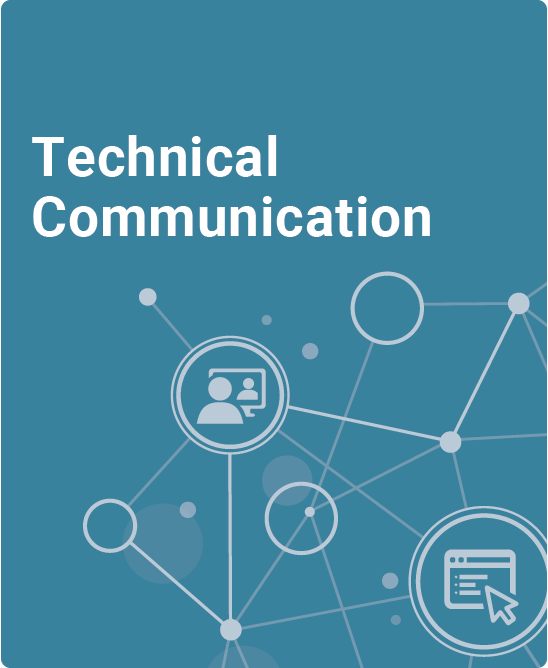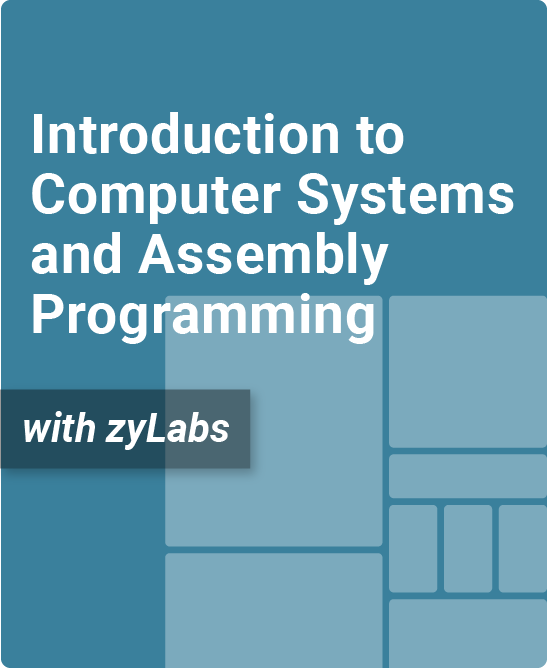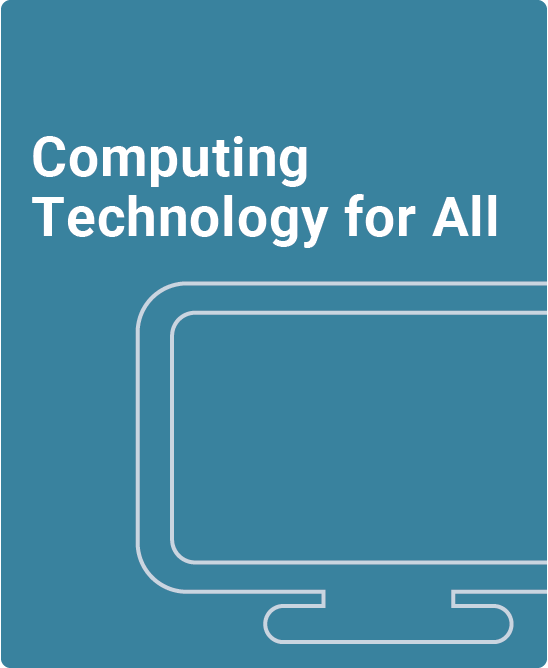Table of Contents
1. Keys to Communicating Better
1.1 Engineers and scientists communicate…A LOT!
1.2 Key communication principles
2. Effective Writing
2.1 Conciseness
2.2 Example: Conciseness
2.3 Word choice
2.4 One concept, one term
2.5 Avoiding vague reference words
2.6 Connections
3. Presentations
3.1 Presentation basics
3.2 Organizing a presentation
3.3 Slide construction: Content
3.4 Slide construction: Appearance
3.5 Presentation animations
3.6 Speaking, practicing, and refining
3.7 Know your audience
3.8 Delivering the presentation
4. Email/Direct Messaging
4.1 Writing an email
4.2 Common uses of email
4.3 Managing recipients: Basics
4.4 Managing recipients (continued)
4.5 Managing threads
4.6 Direct messaging
5. Training
5.1 Developing training materials
5.2 Written tutorials
5.3 Video tutorials
5.4 Demonstrations
5.5 1:1 training
6. Job Skills
6.1 Job interviews
6.2 Resumés
6.3 Online presence
6.4 Salary Conversations
7. Communication Skills
7.1 Listening
7.2 Multitasking
Communication is an important workplace skill.
For many new professionals and recent college graduates, communication is not often a skill science and engineering students consider important to know for the real world. Conversely, many science and engineering professionals frequently state that communication is one of the most important skills in the workplace. This zyBook covers core technical communication concepts including:
- concise and precise writing
- effective email communication
- presentations
- training materials
- preparing for job searches and applications
zyBooks utilize the “Say, Show, Ask” approach
Say. We use concise text as a jumping board to our animations and learning questions.
Show. Much of a traditional textbook is replaced with animations to help students visualize key concepts.
Ask. Learning questions and auto-graded homework problems encouraged more student participation.



